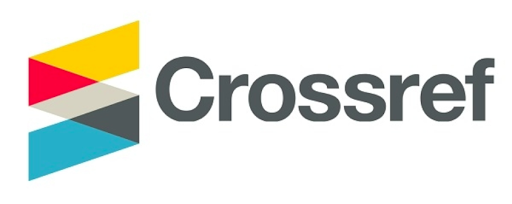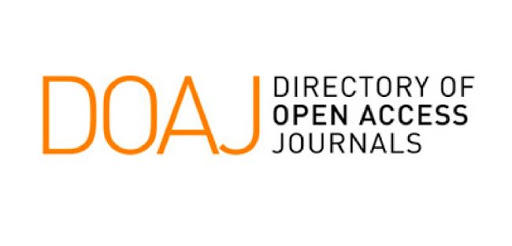Paper ID : SMJ0302215502246 | View : 15

Abstract : Aim: to evaluate the feasibility and safety of primary closure sutures for the common bile duct compared to T-tube usage, post laparoscopic, common bile duct (CBD) exploration for treating choledocholithiasis associated with cholecystolithiasis. Methods: Patients with choledocholithiasis accompanying cholecystolithiasis who underwent a failed ERCP procedure were included in this four-year- retrospective study in the period from January 2015 until December 2018. They were divided into two groups; group I: included those who had primary suturing closure of CBD, while group II were those who underwent a T tube insertion technique. Patients’ data including the pre, intra, and post-operative outcome were evaluated. Results: Forty-three patients were included; they were 26 females and 17 males with the ratio of (1.5 to 1). G I (n= 28) were those with primary closure suturing technique. While G II (n= 15) had a T tube inserted. During the first postoperative day, total drainage was not high among G I patients compared to those of G II. No significant statistical difference existed between the two groups as regards the total bilirubin level (TBL) post-surgery. This facilitates the short time of removing the T tube among G I patients. Conclusion: Primary closure sutures of the common bile duct is a safe and feasible post choledochotomy procedure.










